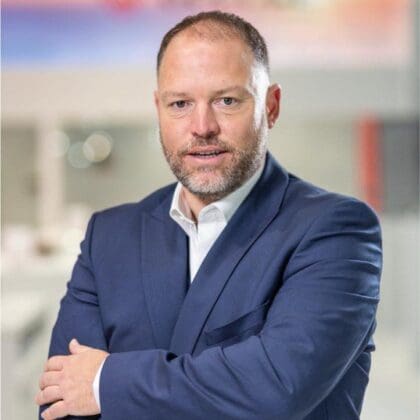
“The energy crisis shows no signs of stopping. Businesses are feeling the strain with many organisations having been forced to permanently close their doors as a result. October is soon approaching, and with it comes yet another expected rise in energy bills across the nation. It may be possible, or even necessary, to pass on part of these costs to customers, but that plan only works if customers are willing to bear the brunt of increased costs. Unfortunately, this is a likelihood we simply cannot assume.
“Businesses are already looking to reduce their energy bills and that desire will only increase as many assess the alternatives to the expensive, traditional power grid. Solar, or photovoltaics (PV), has proven itself to be the clear answer, giving business the ability to vastly reduce their costs by harvesting their own power.
“Relying on grid power puts businesses at a stark disadvantage. By embracing solar energy, companies can cut their electricity costs by up to 98% as soon as the installation is complete.
A stark disadvantage
“For installers, this is not just a case of selecting PV units, inverters and batteries off a shelf. If solar power is to be as cost-effective as possible, there must be real consideration into all aspects of the system, from initial equipment options to long-term maintenance. A successful installation must take into consideration a business’s energy needs now and anticipate how those needs may change in the future.
“Added to the skyrocketing cost of energy is the ever-mounting pressure to adopt eco-friendly practices. Industries need to become sustainable if they are going to survive. Whether the concerns are environmental, financial, or legal, one solution is solar.
Solar system specification and getting the right fit
“Careful consideration must be taken when deciding on what capacity solar inverter and battery is the right fit. In cases of industrial use, capacity can go as high as 1MW or down to 20kW. A higher capacity tends to be more economical in the long run and comes with the extra benefit of fewer inverters needed, so installation costs are lower. Batteries must be able to provide and store the power a business needs, so the battery capacity cannot be overlooked as it is an essential part of an industrial solar system.
“If an installation involves retrofitting, power consumption patterns should be measured before the installation so the correct equipment can be fitted. As businesses grow, they tend to need more power, so likely expansion should be accounted for in any solar installation plan. Installers need to be well versed in monitoring options, as integrating a monitor can be a complex process.

“Compatibility issues can slow things down and be a costly obstacle. Inverters and sensors need to work with the monitor, so a good rule of thumb is to go with a single equipment provider, as compatibility is far less likely to be a problem.
“To ensure a solar system can be kept working at peak performance, it is best to install the inverter with ample space around it. Most industrial and commercial buildings were not built with solar power in mind, so finding the right place for an inverter can be a challenge. Well ventilated areas help avoid build-ups of dust and keeps the inverter cool. More space also tends to mean improved accessibility as well, making installation and maintenance easier and more cost-effective.
“Industrial inverters commonly require their vents to be cleaned once a year. A regularly maintained, properly sited inverter can have a lifespan of 12 years or more. A further consideration is that over time, PV modules become less effective, so when replacing an inverter, the actual output of the PV array should be assessed. Replacement inverters should be selected based on the latest readings to ensure maximum efficiency.
Solar energy from start to finish, and beyond
“With so much to consider, it is important to find a supplier that can offer the solutions that are right for the project. As solar systems gain popularity, installers will need to adjust to meet the growing demand. GoodWe’s inverters and batteries are designed with installation and maintenance in mind, meaning they are as compact and lightweight as possible. During initial project consultations, GoodWe can advise on products and processes, and offer after sales support to ensure the system is running effectively.
“As fuel prices are only predicted to increase, businesses must transition to practises that are both environmentally and financially sustainable. Installers can be certain that GoodWe provides the equipment and support necessary to make help businesses make the switch to solar as smoothly as possible.”